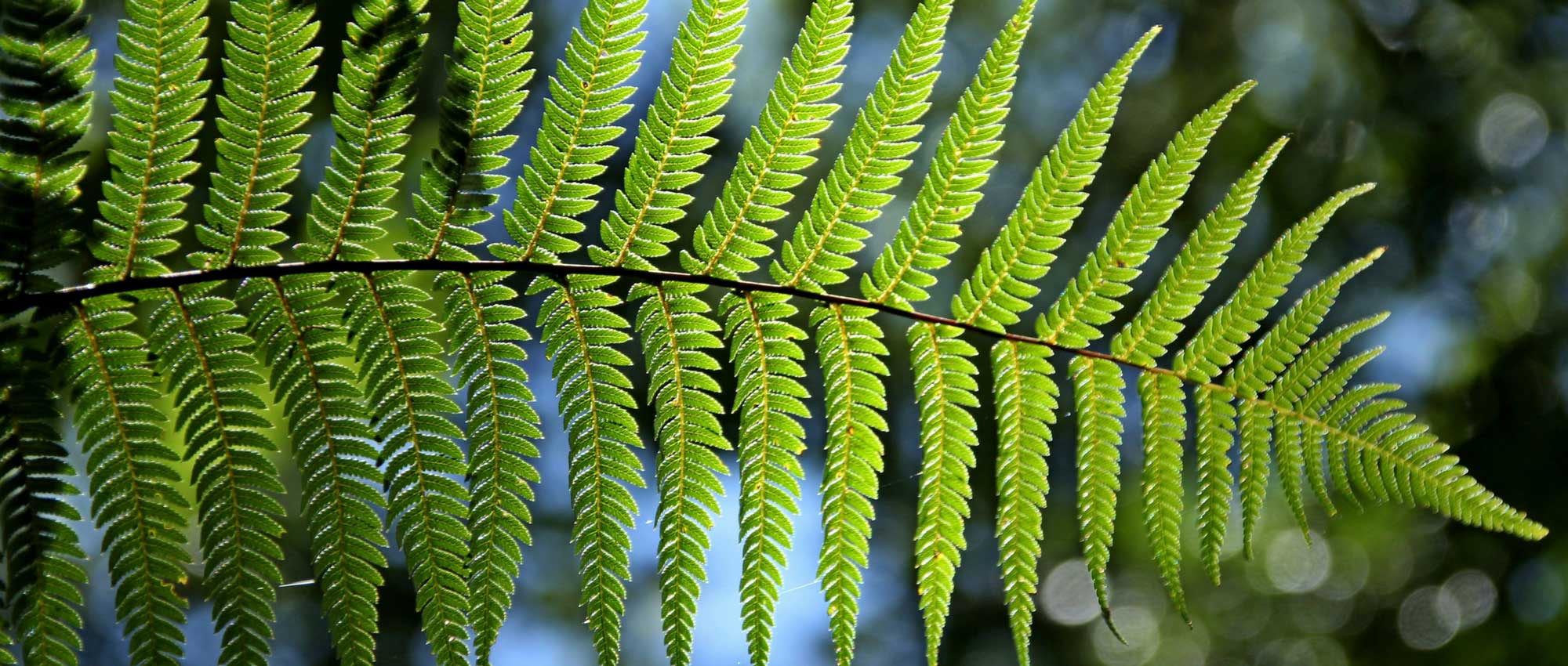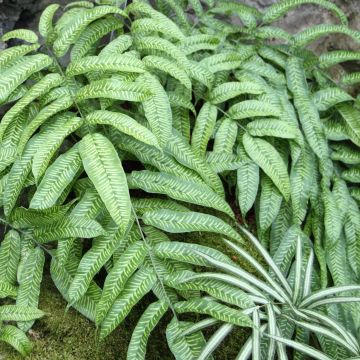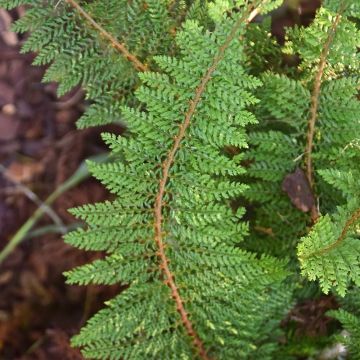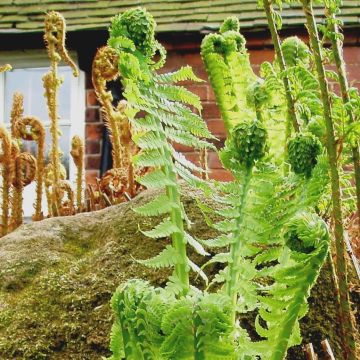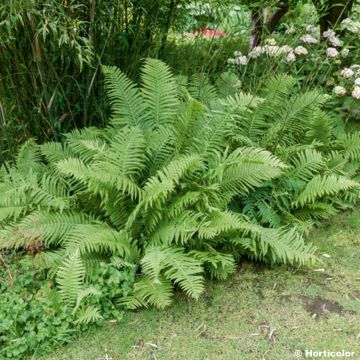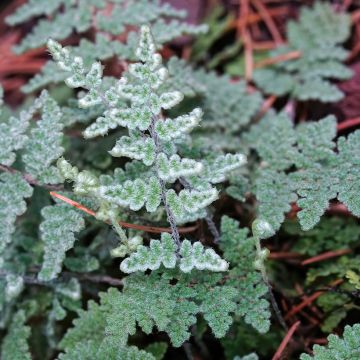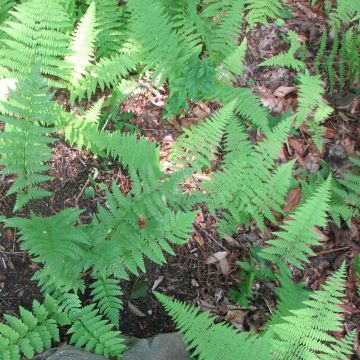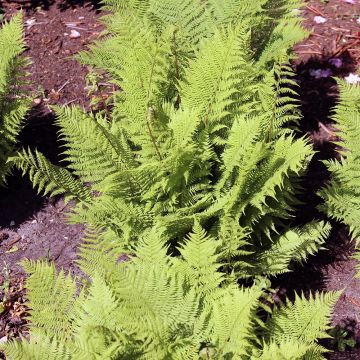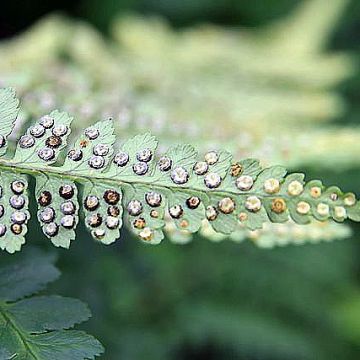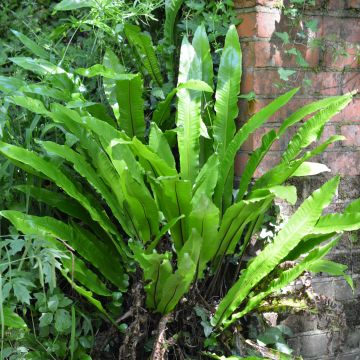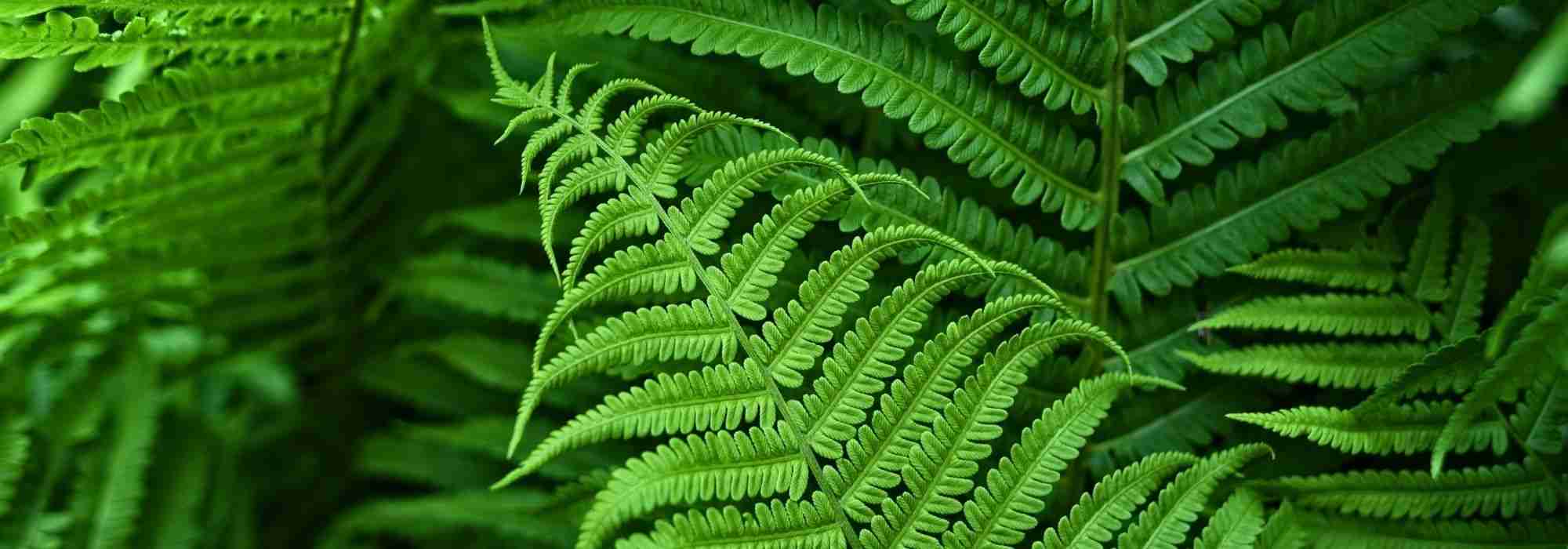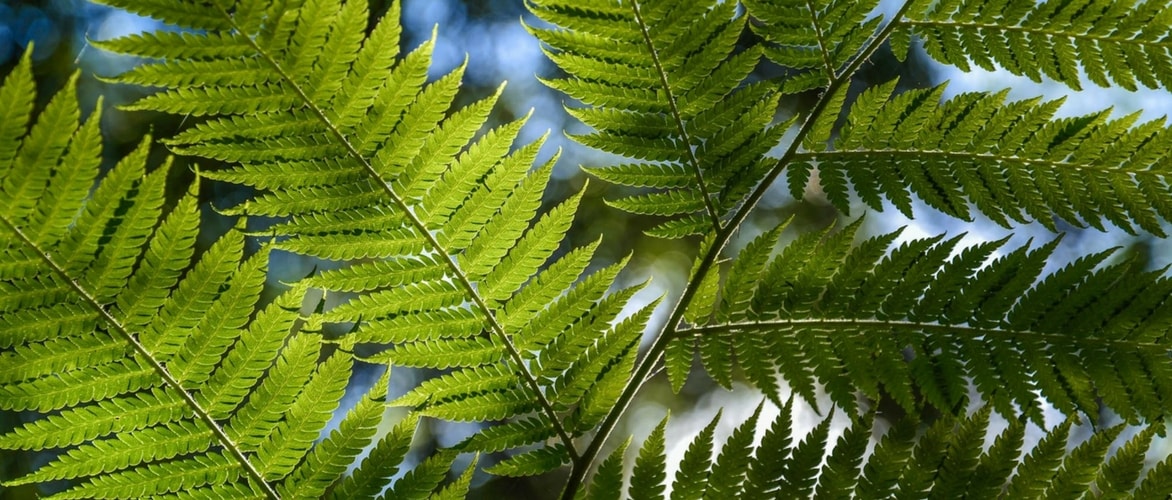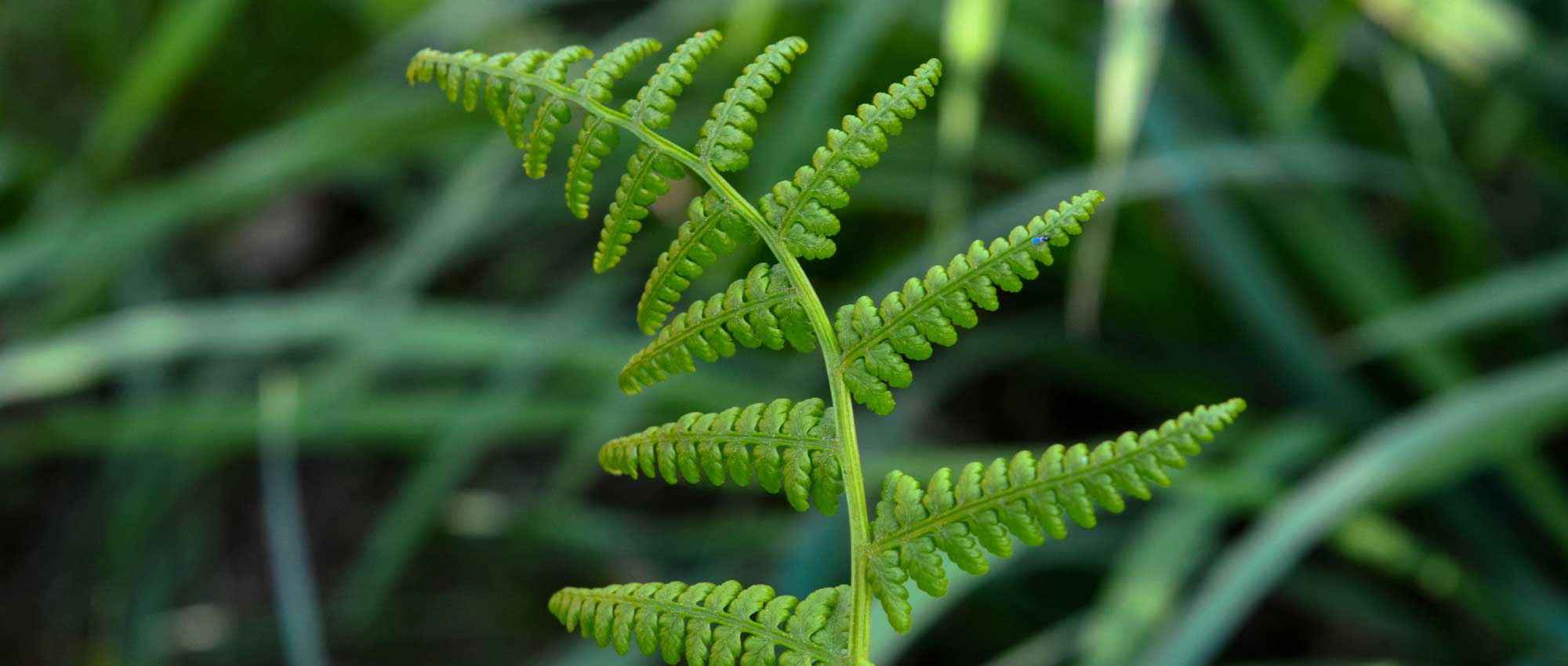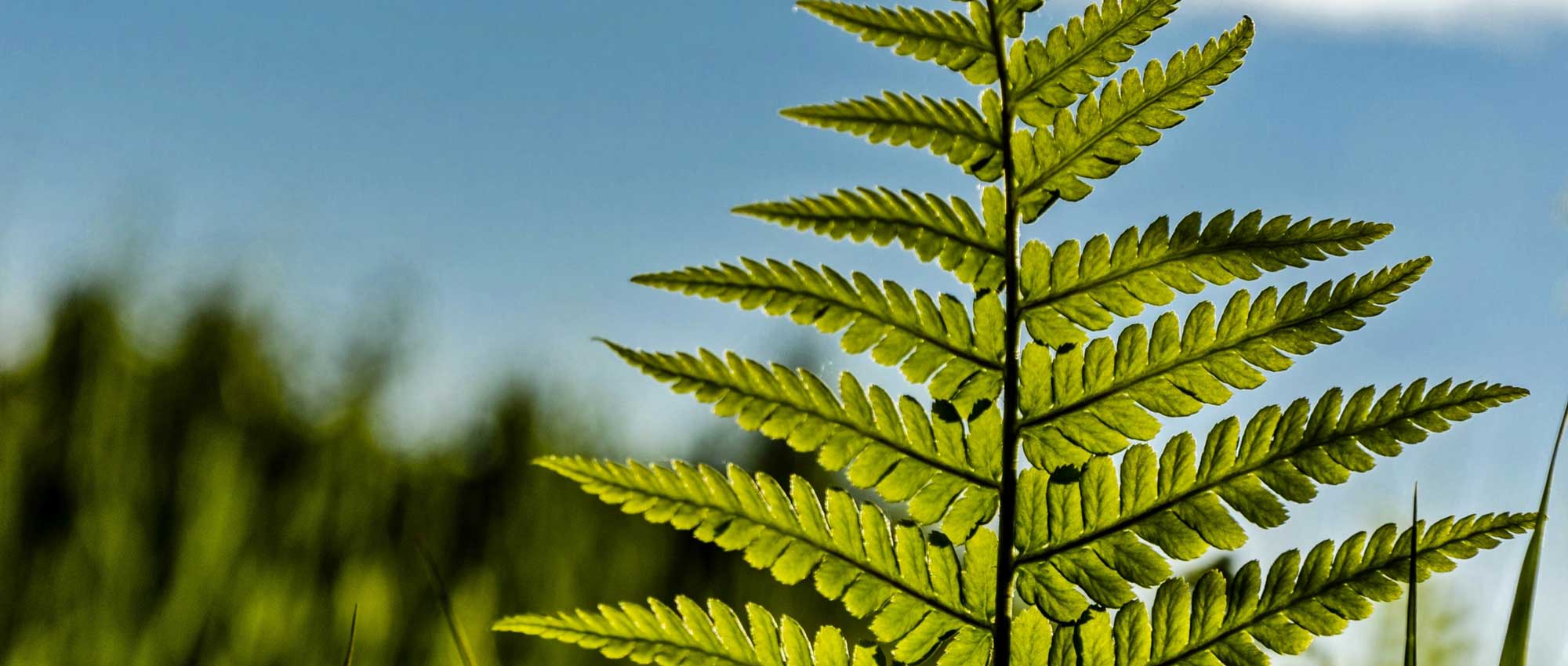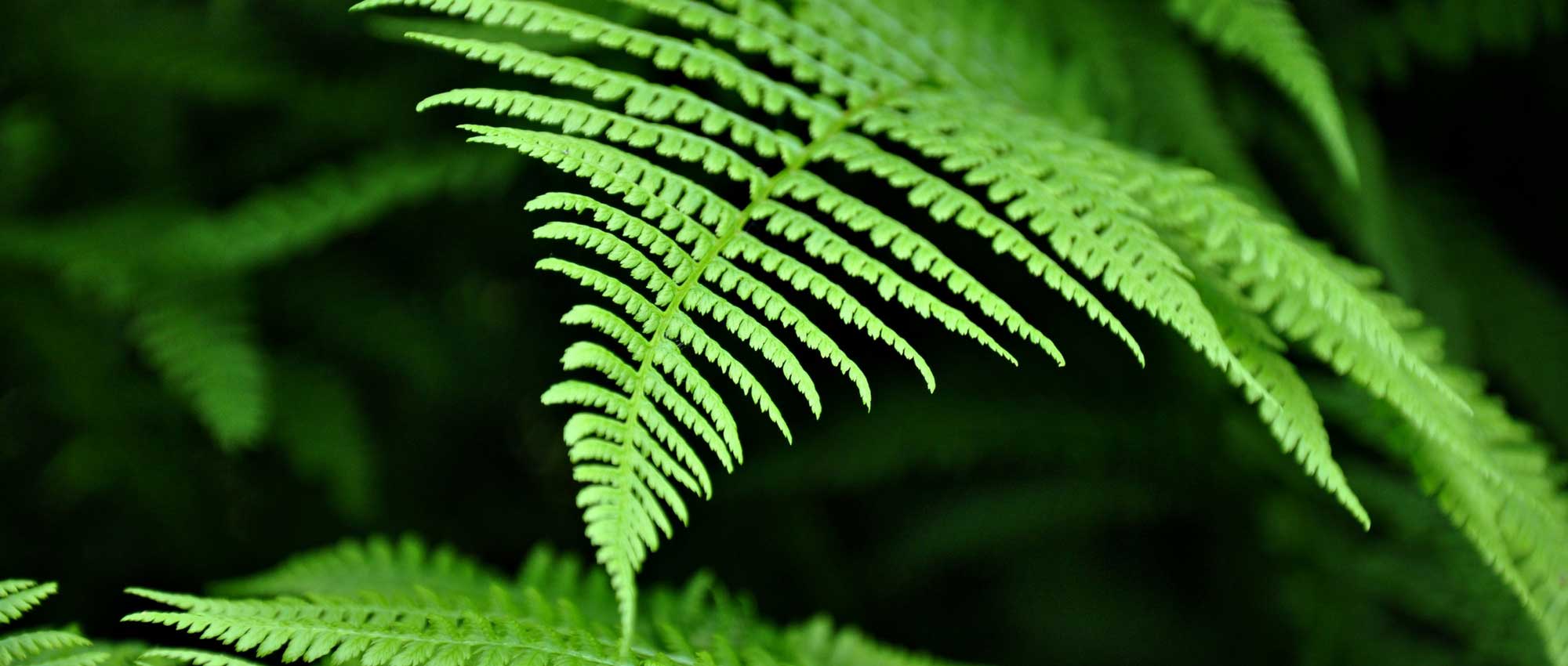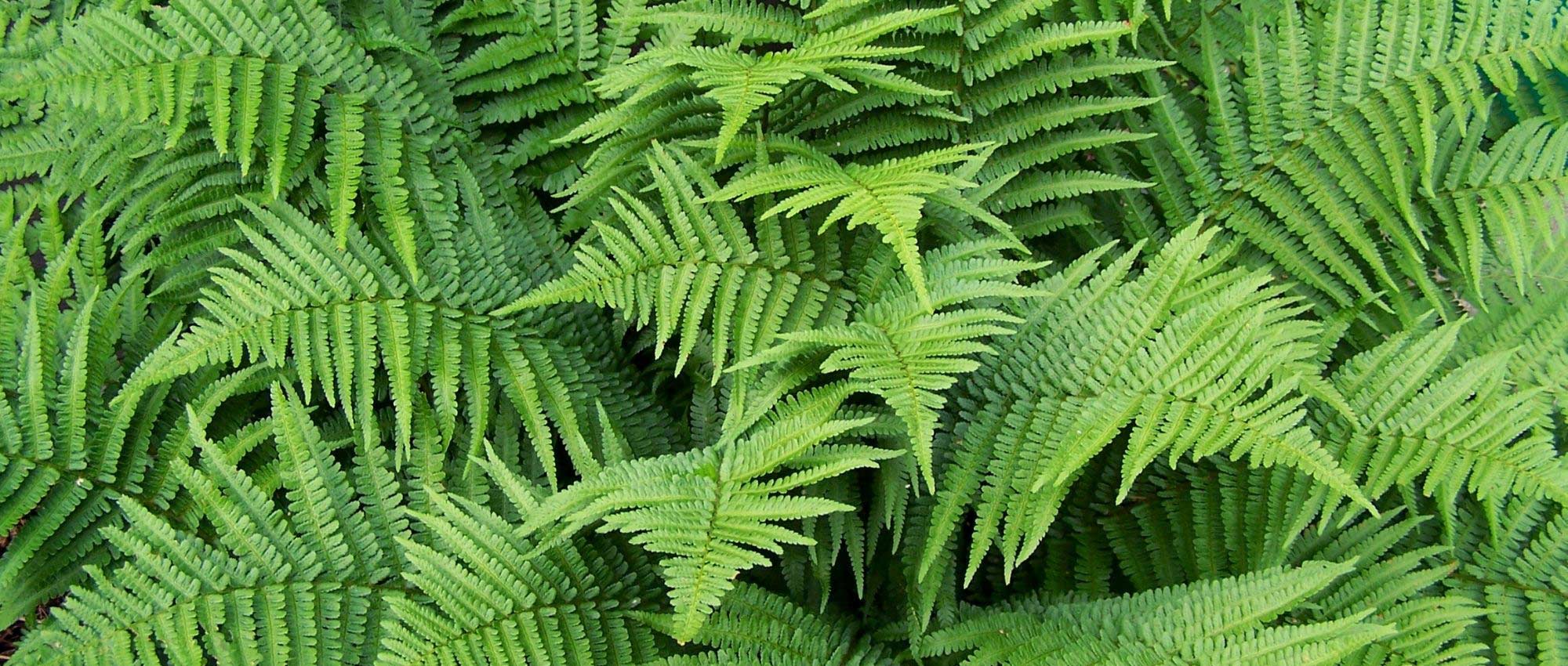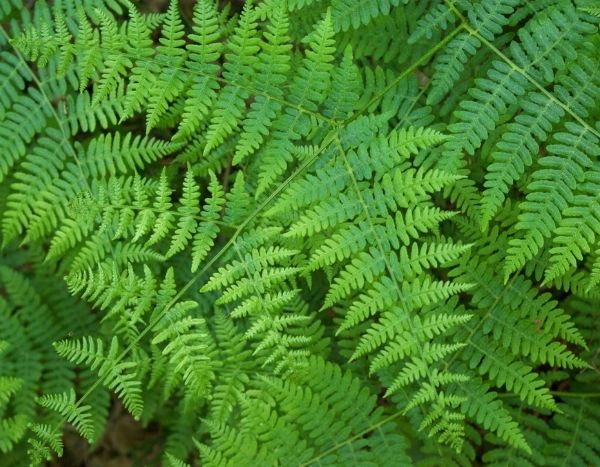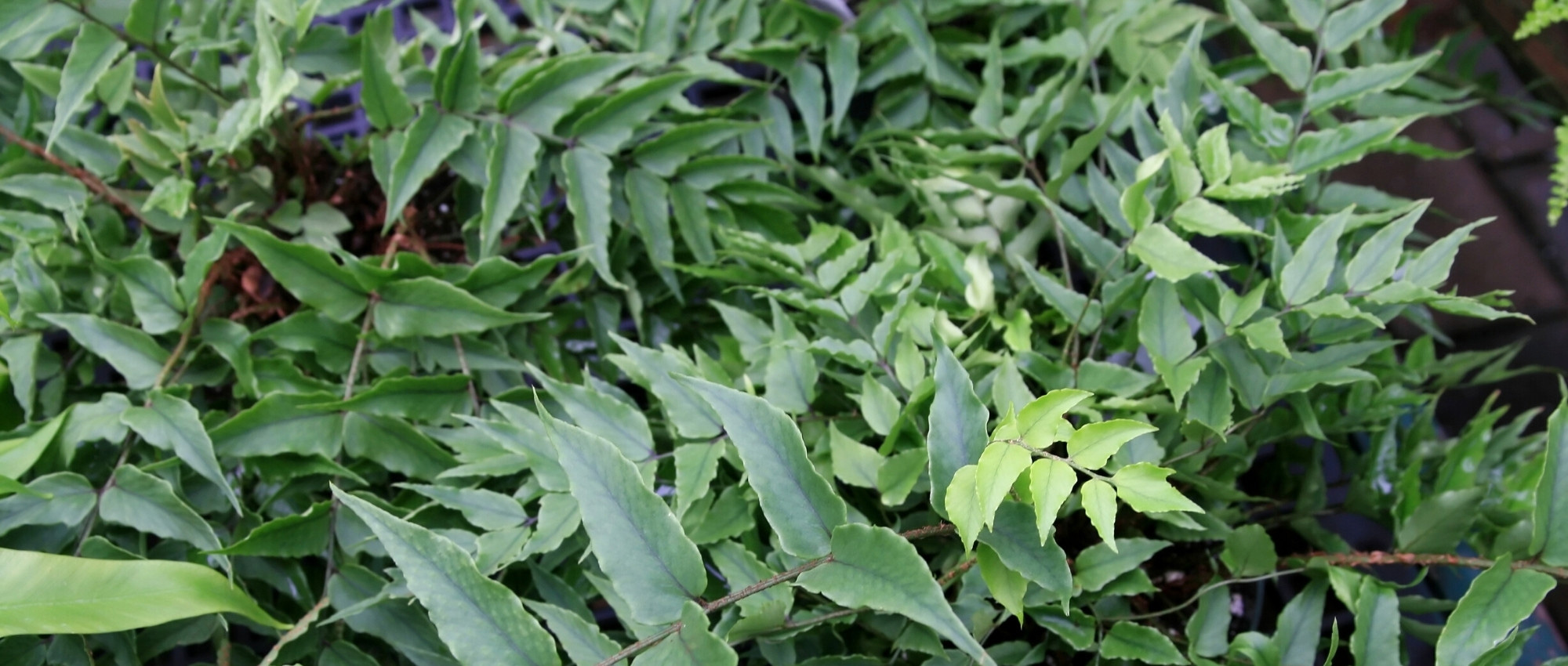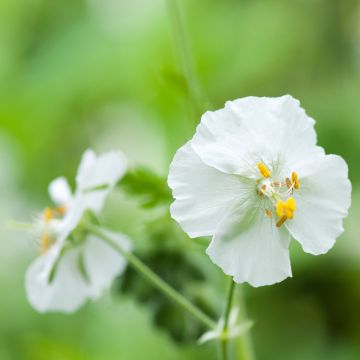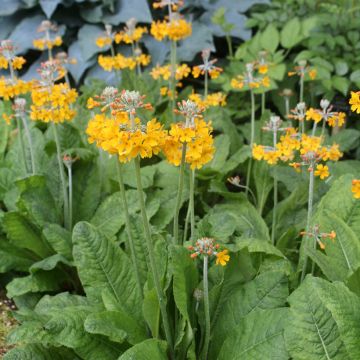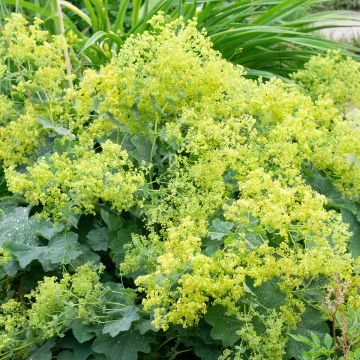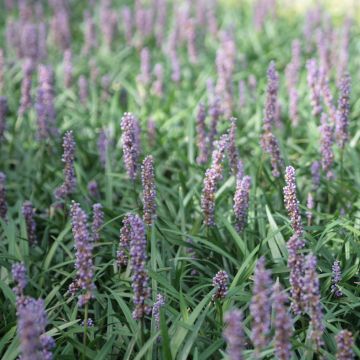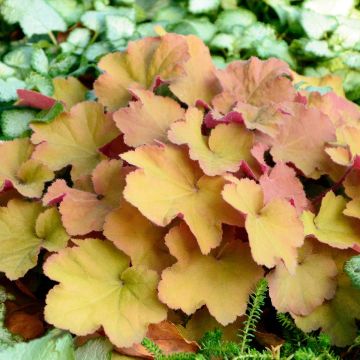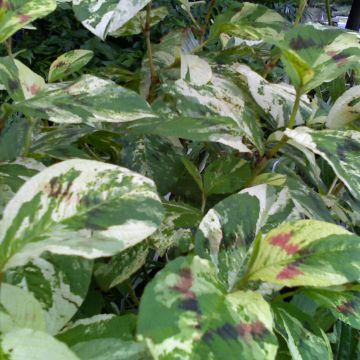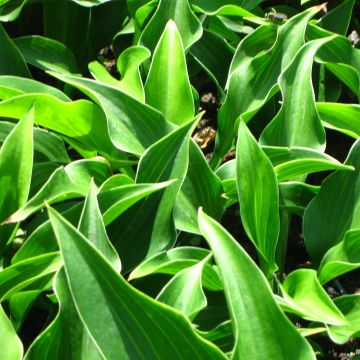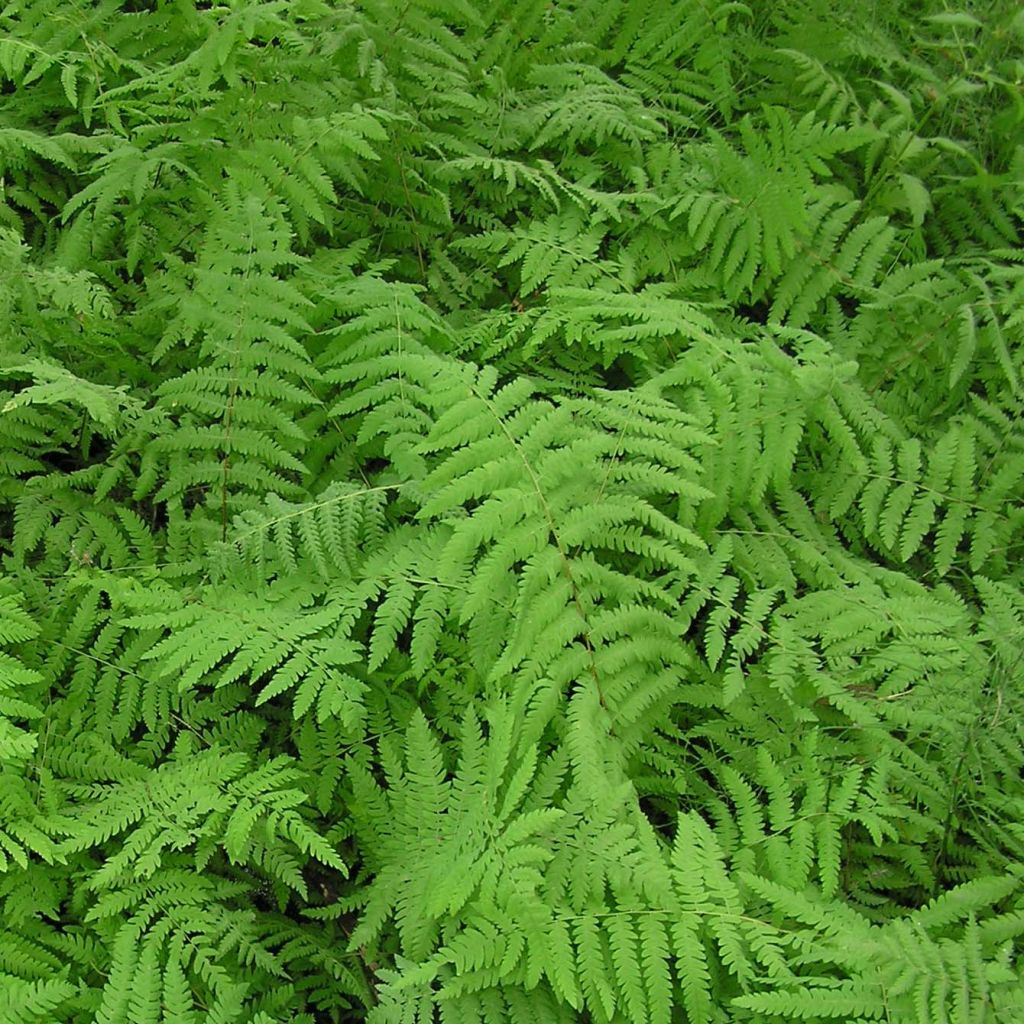

Thelypteris palustris - Marsh Fern
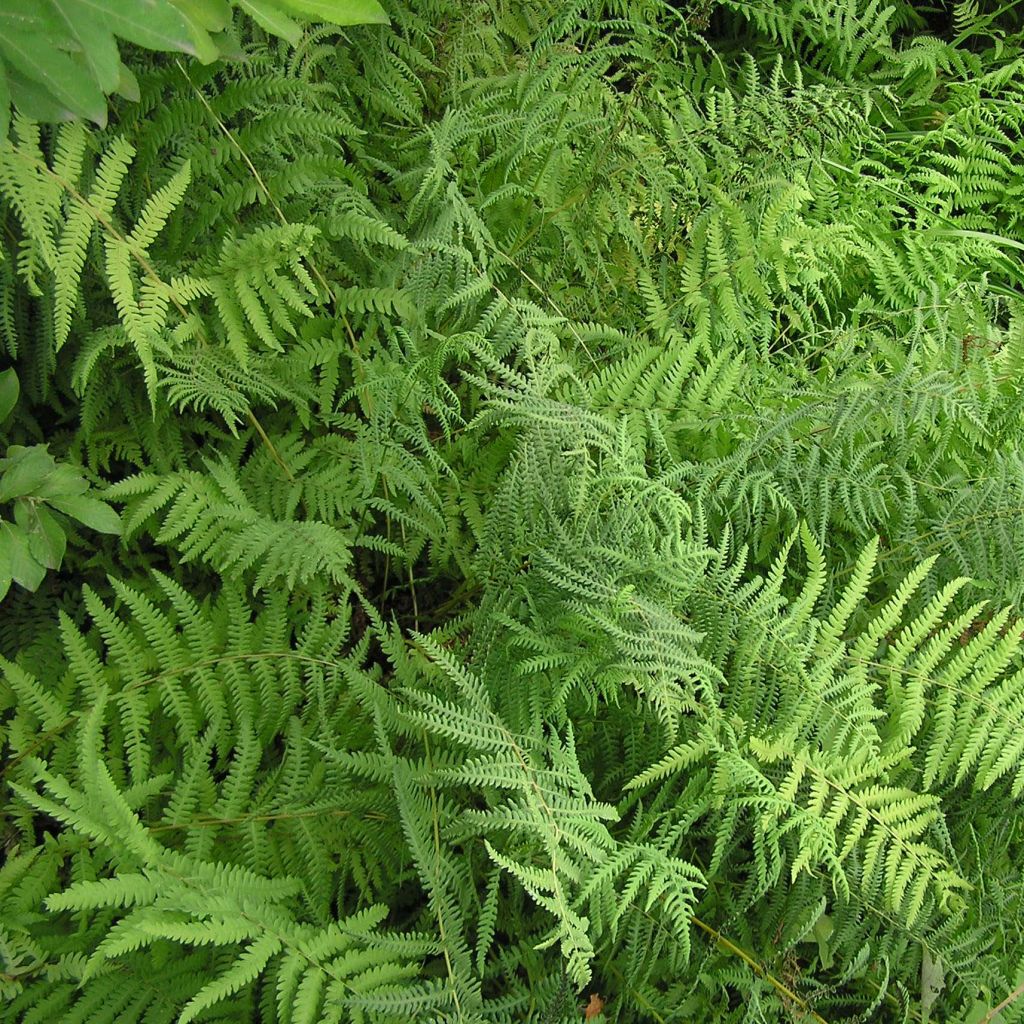

Thelypteris palustris - Marsh Fern
Thelypteris palustris - Marsh Fern
Thelypteris palustris
Marsh Fern
She has grown well on the edge of my small pond.
Patricia L., 15/09/2020
Special offer!
Receive a €20 voucher for any order over €90 (excluding delivery costs, credit notes, and plastic-free options)!
1- Add your favorite plants to your cart.
2- Once you have reached €90, confirm your order (you can even choose the delivery date!).
3- As soon as your order is shipped, you will receive an email containing your voucher code, valid for 3 months (90 days).
Your voucher is unique and can only be used once, for any order with a minimum value of €20, excluding delivery costs.
Can be combined with other current offers, non-divisible and non-refundable.
Home or relay delivery (depending on size and destination)
Schedule delivery date,
and select date in basket
This plant carries a 12 months recovery warranty
More information
We guarantee the quality of our plants for a full growing cycle, and will replace at our expense any plant that fails to recover under normal climatic and planting conditions.

Does this plant fit my garden?
Set up your Plantfit profile →
Description
Thelypteris palustris, commonly known as Marsh Fern, is a botanical species with deciduous foliage, perfectly adapted to wet, marshy or flooded areas, which will also grow as a slightly submerged aquatic plant. It forms beautiful fronds of bright green, finely divided, clustered in a bushy tuft. This fern with trailing rhizomes never becomes invasive. It looks stunning near water features, planted in groups, in partial shade or even in full sun. It is undemanding and very hardy, it appreciates clay soil, prefers acidic soils but tolerates limestone.
The Marsh Fern, is a plant with black, slender and trailing rhizomes native to the temperate Northern Hemisphere, where it grows in particular in marshes and damp woods, especially in peat areas, near alders. This plant belongs to the family of Thelypteridaceae. The plant has a bushy habit, with fronds arranged in a crown-like display, emerging from the ground in spring and reaching a minimum height of 40 to 80 cm (16 to 32in) and a width of 1m (3ft). Its 50 cm (20in) long rhizomes produce numerous stolons, allowing the plant to spread laterally by producing new fronds that emerge individually and not in a crown, as is often the case with ferns. The new 'croziers' (the characteristic curled shoots of ferns) emerge from the ground as early as April. They unfurl into large sterile fronds, 80 cm (32in) long and 20 cm (8in) wide, glabrous, bipinnate with long petioles. The lobes of the pinnae are entire, slightly curled towards the lower surface. Their colour is a very bright light green. The fertile fronds, narrower in shape, emerge from the rhizome about 6 weeks later. They bear small brown spore sacs (called sorus), which dust the plant with brown powder when they release spores at maturity, in late summer or autumn.
Thelypteris is an easy fern to grow as long as the soil remains constantly moist, even if it is heavy and clay, or slightly limestone. Planted in groups, it shines near a stream, or even submerged under 10 cm (4in) of water with Saururus cernuus and Typha laxmanii (narrowleaf cattail) on the edge of an ornamental pond. The miracle of its croziers emerging from the ground always intrigues and will amuse children. The fronds unfurl into large ostrich feathers. It can be accompanied by loosestrifes, helxines, marsh marigolds or columbines in loose and moist soil, or even by willowherbs and vernonias in sunny locations. It can also be associated with Japanese primroses and Spanish bluebells that self-seed among its rhizomes.
Thelypteris palustris - Marsh Fern in pictures
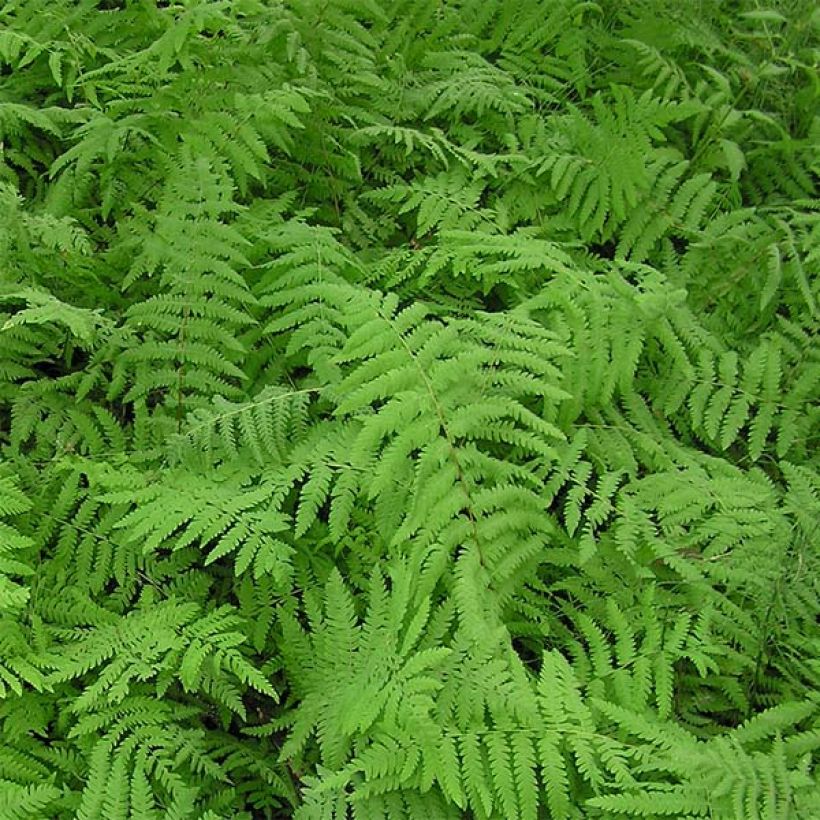

Foliage
Plant habit
Botanical data
Thelypteris
palustris
Thelypteridaceae
Marsh Fern
Western Europe
Other Ferns
View all →Planting and care
The marsh fern is preferably planted in spring, when vegetation starts to regrow. It prefers full sun to partial shade, in wet areas, and a rather acidic soil, rich in sand. This fern also adapts to other types of soils, as long as they are moist. This plant does not appreciate shade, but it can be submerged under 10 to 20 cm (4 to 8in) of water for several weeks in summer, in a very sunny location. Simply place the rootstock directly on the soil, without submerging it. Submersion can occur after a few weeks of cultivation. Trim the withered foliage at the end of winter. The plant is hardy down to -25°C (-13°F).
Planting period
Intended location
Care
Planting & care advice
-
, onOrder confirmed
Reply from on Promesse de fleurs
Similar products
Haven't found what you were looking for?
Hardiness is the lowest winter temperature a plant can endure without suffering serious damage or even dying. However, hardiness is affected by location (a sheltered area, such as a patio), protection (winter cover) and soil type (hardiness is improved by well-drained soil).

Photo Sharing Terms & Conditions
In order to encourage gardeners to interact and share their experiences, Promesse de fleurs offers various media enabling content to be uploaded onto its Site - in particular via the ‘Photo sharing’ module.
The User agrees to refrain from:
- Posting any content that is illegal, prejudicial, insulting, racist, inciteful to hatred, revisionist, contrary to public decency, that infringes on privacy or on the privacy rights of third parties, in particular the publicity rights of persons and goods, intellectual property rights, or the right to privacy.
- Submitting content on behalf of a third party;
- Impersonate the identity of a third party and/or publish any personal information about a third party;
In general, the User undertakes to refrain from any unethical behaviour.
All Content (in particular text, comments, files, images, photos, videos, creative works, etc.), which may be subject to property or intellectual property rights, image or other private rights, shall remain the property of the User, subject to the limited rights granted by the terms of the licence granted by Promesse de fleurs as stated below. Users are at liberty to publish or not to publish such Content on the Site, notably via the ‘Photo Sharing’ facility, and accept that this Content shall be made public and freely accessible, notably on the Internet.
Users further acknowledge, undertake to have ,and guarantee that they hold all necessary rights and permissions to publish such material on the Site, in particular with regard to the legislation in force pertaining to any privacy, property, intellectual property, image, or contractual rights, or rights of any other nature. By publishing such Content on the Site, Users acknowledge accepting full liability as publishers of the Content within the meaning of the law, and grant Promesse de fleurs, free of charge, an inclusive, worldwide licence for the said Content for the entire duration of its publication, including all reproduction, representation, up/downloading, displaying, performing, transmission, and storage rights.
Users also grant permission for their name to be linked to the Content and accept that this link may not always be made available.
By engaging in posting material, Users consent to their Content becoming automatically accessible on the Internet, in particular on other sites and/or blogs and/or web pages of the Promesse de fleurs site, including in particular social pages and the Promesse de fleurs catalogue.
Users may secure the removal of entrusted content free of charge by issuing a simple request via our contact form.
The flowering period indicated on our website applies to countries and regions located in USDA zone 8 (France, the United Kingdom, Ireland, the Netherlands, etc.)
It will vary according to where you live:
- In zones 9 to 10 (Italy, Spain, Greece, etc.), flowering will occur about 2 to 4 weeks earlier.
- In zones 6 to 7 (Germany, Poland, Slovenia, and lower mountainous regions), flowering will be delayed by 2 to 3 weeks.
- In zone 5 (Central Europe, Scandinavia), blooming will be delayed by 3 to 5 weeks.
In temperate climates, pruning of spring-flowering shrubs (forsythia, spireas, etc.) should be done just after flowering.
Pruning of summer-flowering shrubs (Indian Lilac, Perovskia, etc.) can be done in winter or spring.
In cold regions as well as with frost-sensitive plants, avoid pruning too early when severe frosts may still occur.
The planting period indicated on our website applies to countries and regions located in USDA zone 8 (France, United Kingdom, Ireland, Netherlands).
It will vary according to where you live:
- In Mediterranean zones (Marseille, Madrid, Milan, etc.), autumn and winter are the best planting periods.
- In continental zones (Strasbourg, Munich, Vienna, etc.), delay planting by 2 to 3 weeks in spring and bring it forward by 2 to 4 weeks in autumn.
- In mountainous regions (the Alps, Pyrenees, Carpathians, etc.), it is best to plant in late spring (May-June) or late summer (August-September).
The harvesting period indicated on our website applies to countries and regions in USDA zone 8 (France, England, Ireland, the Netherlands).
In colder areas (Scandinavia, Poland, Austria...) fruit and vegetable harvests are likely to be delayed by 3-4 weeks.
In warmer areas (Italy, Spain, Greece, etc.), harvesting will probably take place earlier, depending on weather conditions.
The sowing periods indicated on our website apply to countries and regions within USDA Zone 8 (France, UK, Ireland, Netherlands).
In colder areas (Scandinavia, Poland, Austria...), delay any outdoor sowing by 3-4 weeks, or sow under glass.
In warmer climes (Italy, Spain, Greece, etc.), bring outdoor sowing forward by a few weeks.






























